According to data from the U.S. Energy Information Administration (EIA), the total installed capacity of residential solar systems in the United States grew by more than 11.8% in 2024, from 32.5 GW to 36.3 GW.
The increase in capacity may be even larger in 2025 as homeowners scramble to get solar panels installed by December 31st. That is the last day to claim expenses for solar purchases under the Section 25D Residential Clean Energy Credit. The credit was previously scheduled to sunset after 2034, but a provision in The One Big Beautiful Bill (OBBB) Act cut the program short.
After 2025, the pace of growth in residential solar installations is likely to drop precipitously, but some state markets may remain strong — at least temporarily. Another provision in the OBBB allows solar companies that practice third-party ownership (TPO) of residential installations to receive the commercial investment tax credit under Section 48E, as long as they either begin construction of the installations by July 4th, 2026, or place the systems in service before January 1, 2027.
In places with strong TPO markets such as California, Florida and New England, these provisions will help cushion the blow from the loss of the Section 25D credits. But states without current TPO offerings could see their markets drop off a cliff.
Residential TPO solar contracts come in two different varieties:
- Power purchase agreements, under which the solar company sells the electricity to the homeowner at a contracted price per kilowatt-hour
- Solar leases, under which the solar company charges the homeowner a set monthly fee for the use of the solar installation
According to the Database of State Incentives for Renewables & Efficiency (DSIRE), 23 states either explicitly ban traditional residential solar PPAs or have no known programs. Of those 23 states, six allow residential solar leases (Arizona, Florida, Louisiana, Mississippi, North Carolina and South Carolina).
That leaves 17 states with no current residential TPO offerings. They are presented in the table below alongside data from the U.S. Energy Information Administration about total installed residential capacity and average electric rate, current as of the end of 2024. The table is sorted in order of total installed capacity.
|
State |
Avg. electric rate (cents/kWh) |
Total residential capacity (MW) |
12-month change in capacity |
|
Washington |
11.90 |
431.5 |
15.6% |
|
Missouri |
12.91 |
302.0 |
21.2% |
|
Minnesota |
15.42 |
195.3 |
20.2% |
|
Arkansas |
12.24 |
169.2 |
18.7% |
|
Idaho |
11.54 |
149.0 |
15.1% |
|
Wisconsin |
17.22 |
143.7 |
27.8% |
|
Indiana |
14.84 |
111.4 |
12.4% |
|
Kentucky |
12.98 |
81.3 |
17.1% |
|
Kansas |
14.22 |
71.6 |
20.6% |
|
Montana |
12.67 |
68.0 |
42.9% |
|
Nebraska |
11.74 |
24.7 |
9.3% |
|
Wyoming |
12.50 |
19.1 |
26.9% |
|
Tennessee |
12.54 |
17.5 |
-6.0% |
|
Alaska |
24.71 |
14.2 |
10.9% |
|
South Dakota |
13.03 |
3.9 |
58.5% |
|
Alabama |
15.12 |
3.5 |
-14.4% |
|
North Dakota |
11.49 |
1.1 |
31.9% |
According to experts, these states are the places most at risk for the bottom to fall out of the residential solar market after the Section 25D tax credit ends.
“All of these states already have relatively long payback periods,” said Emily Walker, Director of Content & Insights at EnergySage, referring to the company’s data on solar panel payback periods. “Without the solar tax credit, those numbers increase significantly, and solar may no longer make financial sense for some homeowners, based on current electricity rates and solar prices.”
When it comes to the factors that lead to shorter solar payback periods, nearly all states on the list above have average electric rates below the national average of 16.48 cents per kWh. Additionally, homeowners in Alabama, Arkansas, Indiana, Kentucky, South Dakota, Tennessee and parts of Idaho cannot take advantage of net metering.
Wisconsin, where advocates lost a high-profile fight to get the state to allow TPO solar in 2024, has an average electric rate greater than the national average and requires investor-owned and municipal utility companies to offer net metering for systems under 20 kW in size. Due to these factors, advocates in the state think that solar will be financially advantageous even without the tax credit.
Ismaeel Chartier, director of impact and innovation at RENEW Wisconsin told pv magazine USA that “the outlook for solar in Wisconsin remains strong, especially in areas with higher retail electric rates like We Energies and Alliant Energy territories. The expiration of 25D is not the end of residential solar in Wisconsin; it’s simply a transition point.”
Chartier thinks that state policymakers can play an important role in keeping that momentum going. “There’s strong potential for Wisconsin to step up with state-level solutions that make solar even more accessible and equitable.” he said. ”RENEW Wisconsin is actively working with legislators, utilities, and local governments to ensure that clean energy remains a growing part of Wisconsin’s future.”
Walker agrees that states could take important action. “It’s possible we could see movement toward policy at the state level to encourage more residential solar and storage deployment.” she said. “This could come in the form of tax credits, rebates, virtual power plant programs, or cutting red tape, like what’s being done in Florida and New Jersey.”
Not all experts agree that states can do enough to avoid the worst outcomes. “At a time when states are experiencing a budget crunch from the federal government, I don’t think they can react in time,” said Anders Alexander, vice president of business development and product at solar fintech company LoanTerra. “For most state legislators, this is just not their focus. I think that there’s just going to be holes in the market.”
Even if they manage to pass new laws to encourage solar growth, state lawmakers could be stymied by the Trump Administration. An Executive Order released on April 8th directed the U.S. Attorney General to stop the enforcement of state laws ‘purporting to address ‘climate change’ or involving ‘environmental, social, and governance’ initiatives, ‘environmental justice,’ carbon or ‘greenhouse gas’ emissions, and funds to collect carbon penalties or carbon taxes.”
An analysis of the Executive Order by international energy law firm Bracewell LLP says that the Trump administration is likely to use a “multipronged approach” to challenge exactly the kinds of state laws that have enabled residential solar growth in the past.
Regardless of the effect state lawmakers can have, experts seem to agree that the economics of rooftop solar will continue to improve as utility rates rise faster than their historical rate. They also agree that improved methods of financing will help a solar investment pencil out for homeowners even without the tax credit.
Walker says that homeowners may turn toward local credit unions for loans, and that the current paradigm of high-fee sub prime solar loans will give way to a market with more secured loans and longer-term loans. Alexander says that LoanTerra is planning to serve exactly that market, enabling credit unions in 40 states (expanding to the whole country over time) to offer a simplified solar loan product at market rates.
It is important to note that while many of the 17 states listed above don’t have a current TPO market, they also don’t specifically forbid it. Indeed, popular software provider Aurora Solar touts integrations with TPO providers in states like Idaho, Indiana, Minnesota and Washington, mostly with GoodLeap or Palmetto, which offers the LightReach solar lease product.
When reached for comment about the markets in which Aurora lists integrations, a spokesperson from Palmetto replied “We do not currently have TPO offerings in those states. That may change.”
This content is protected by copyright and may not be reused. If you want to cooperate with us and would like to reuse some of our content, please contact: editors@pv-magazine.com.
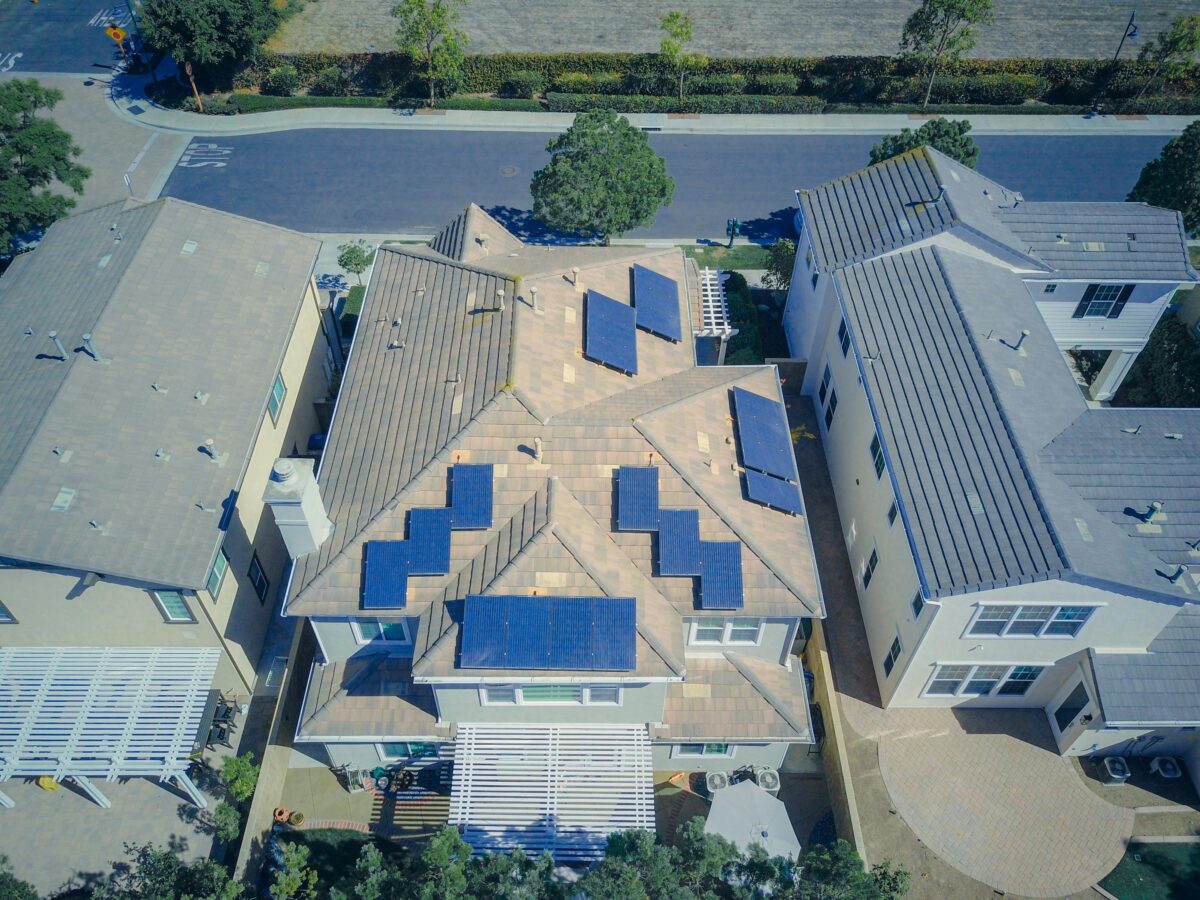
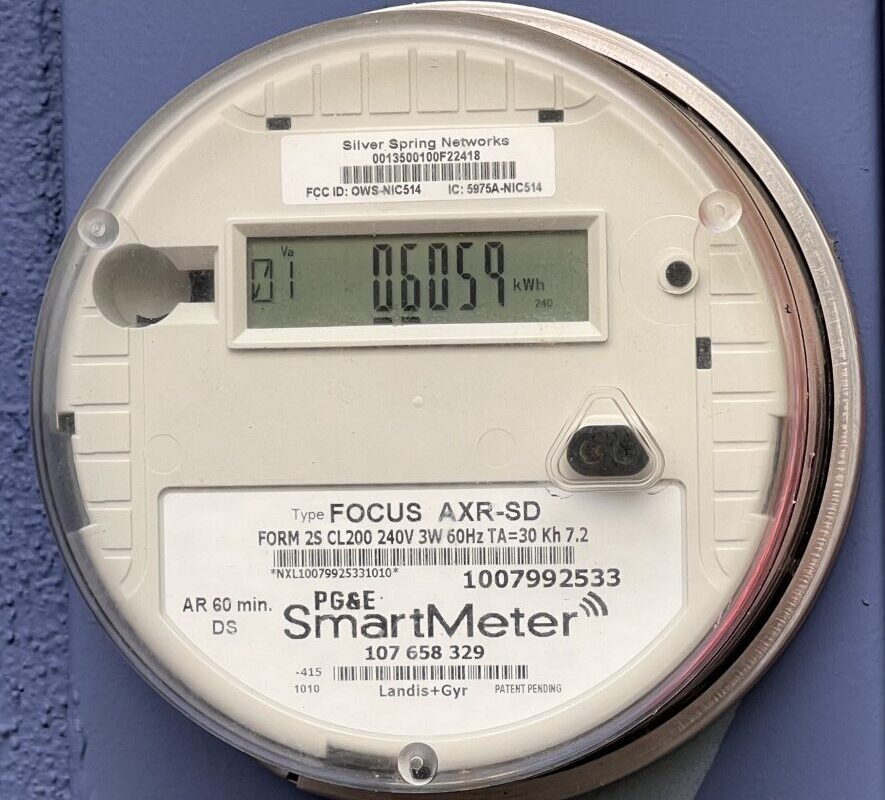


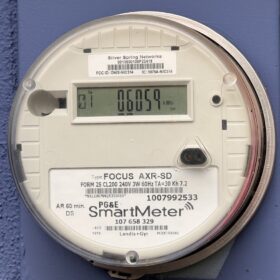
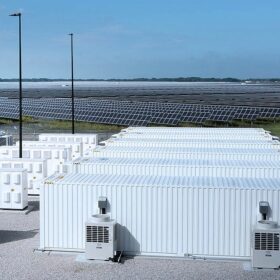
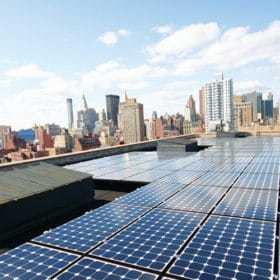
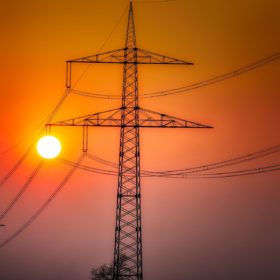

By submitting this form you agree to pv magazine using your data for the purposes of publishing your comment.
Your personal data will only be disclosed or otherwise transmitted to third parties for the purposes of spam filtering or if this is necessary for technical maintenance of the website. Any other transfer to third parties will not take place unless this is justified on the basis of applicable data protection regulations or if pv magazine is legally obliged to do so.
You may revoke this consent at any time with effect for the future, in which case your personal data will be deleted immediately. Otherwise, your data will be deleted if pv magazine has processed your request or the purpose of data storage is fulfilled.
Further information on data privacy can be found in our Data Protection Policy.